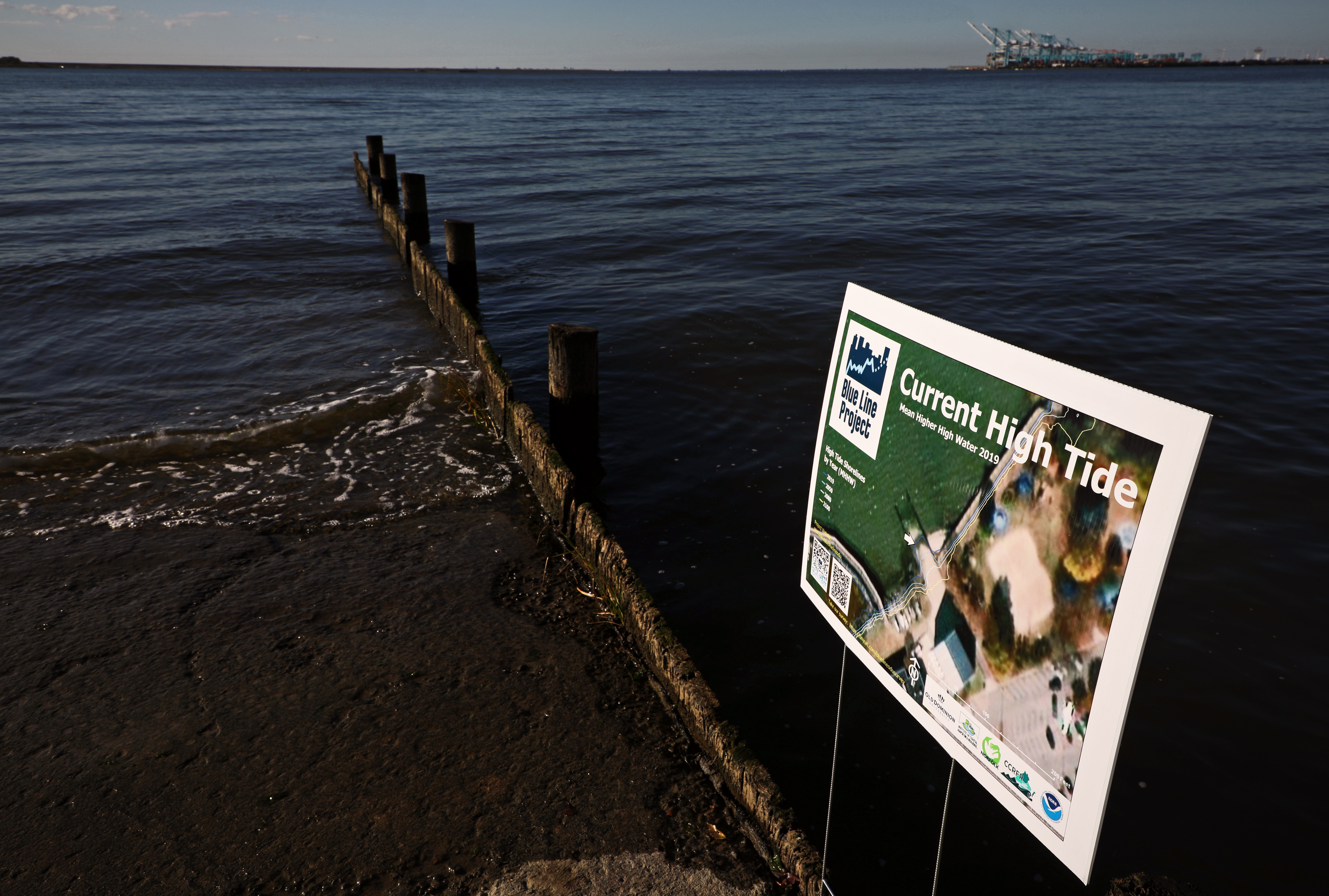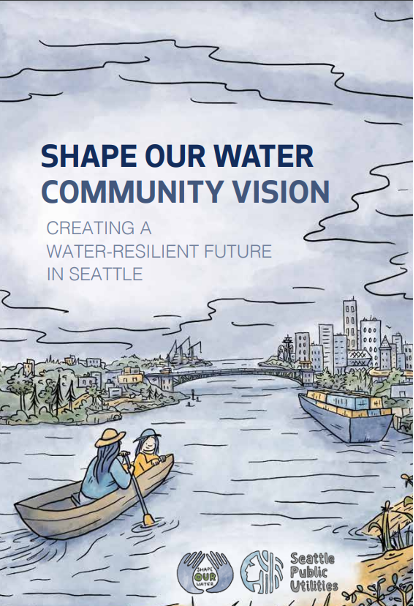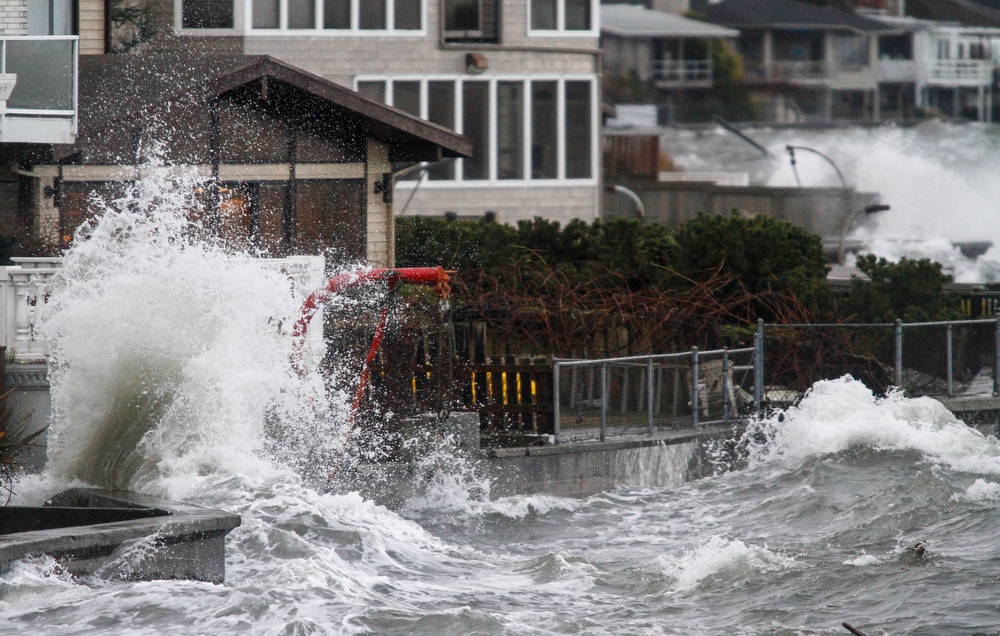Social/Cultural
Social and cultural barriers relate to behavioral and non-material issues, such as a lack of understanding; political polarization; resistance to change; apathy or fatigue; the tendency to discount future benefits; and feelings of empowerment, identity, and perception. These barriers tend to revolve around an inability or unwillingness to understand and prioritize climate change science and risks. Social/cultural barriers may also involve fear, uncertainty, denial, and apathy and their effect on decision-making or project prioritization. Additionally, there are specific psychological and political effects at play, including short election cycles, the tendency for short-term thinking rather than strategic long-term planning, and one’s alignment with family values or political affiliation. As a result, decisions may not be based on facts or logic, but rather on aligning with the beliefs and convictions of family members, neighbors, community, and political party.
Effective and strategic climate communication and education are essential tools to help address these types of social/cultural barriers. Communication strategies will need to be developed to target different audiences (e.g., internal staff versus board members versus residents), and any adaptation solutions or strategies that impact residents should be developed, planned, and implemented by engaging with and seeking input from community members.
Social/cultural barriers can be difficult to overcome; it can take years of thoughtful, strategic communication and planning before a change is detected or progress is made. While it is beyond the scope of this document to provide extensive tips on communication and strategies to shift perspectives, the leading practices provided here include insights and several tangible examples from utilities that have made steps in the right direction.
The following leading practices are in the action area of SOCIAL/CULTURAL and are described below:
- Strategically use visuals that evoke a personal connection to a lived or simulated experience to encourage engagement from community members and those in leadership or decision-making roles.
- Adaptation strategies, projects, or policies that impact residents should be co-produced with community from the outset.
- Find ways to connect sea level rise and flood risk to a variety of audiences of diverse backgrounds. Develop communication tools and create messaging and outreach strategies for a variety of audiences.
- Have patience when building community trust; be prepared for it to take effort and time. Partner with local organizations or faith-based institutions that the community trusts as a way to foster dialog and gain buy-in.
- of or relating to the life, welfare, and relations of human beings in a community
- the behaviors and beliefs characteristic of a particular group of people, as a social, ethnic, profession, or age group
- the shared beliefs, behaviors, or social environment connected with a particular aspect of society
The examples in this section include icons depicting when they represent stormwater, drinking water, or wastewater utilities.
Strategically use visuals that evoke a personal connection to a lived or simulated experience to encourage engagement from community members and those in leadership or decision-making roles.
Strong visualization tools can make the connections for people between sea level rise projections, consequences, and the viability of potential adaptation responses. Communications tools, such as current and future inundation maps, can provide visuals that resonate with the public and can encourage investment from those with decision-making power.
The Boston Water and Sewer Commission (BWSC) developed the City of Boston Inundation Model Viewer as an outreach tool to gain support for adaptation action from the public and City officials. This dynamic tool allows users to simulate what Boston would look like under different storm surge, rainfall, and sea level rise scenarios in powerful 360°, three-dimensional (3-D) images. Users get a realistic sense of the potential destruction from different flood scenarios, which helps communicate the risk far better than a 2-D inundation map.
Strong visualization tools can connect a community's lived experience to projections of the impacts of climate change and potential effectiveness of adaptation options. A recent study from Stempel et al. (2021) demonstrates the importance of using different types of visualizations to communicate about sea level rise risk and investigates which tools are most effective for engaging stakeholders and inciting action.
The study summarizes a survey of stakeholders concerning the saliency and concern for sea level rise and perceived risk from storm surge in Portsmouth, Rhode Island. Results indicate that there may be a benefit in separating storm surge and sea level rise visualizations to increase the effectiveness of sea level rise-only visualizations in inciting public concern and action. When it came to visuals incorporating storm surge, participants compared their lived experience with "lesser storms" to the more destructive hurricanes experienced in the southeastern United States. The participants' first-hand experience with extreme weather events (i.e., hurricanes and resulting storm surge) led them to discount the risk of such events in their area.
However, when participants viewed sea level rise-only visualizations, they connected projected scenarios with issues they are already experiencing in their lives due to rising waters (e.g., failing storm drains). The near-term sea level rise-only scenarios were less likely to be dismissed by survey participants and may be effective for increasing adaptation engagement and investment by better relating to what participants already know and experience (Stempel et al. 2021).
Through the Blue Line Project in Norfolk, Virginia, Hutton and Allen (2021) engaged local communities in determining what types of visualizations (maps versus photographs) were effective in increasing risk perception and contribute to the selection of adaptation strategies.
They found that a balance of photographs and maps (essentially a balance of more personal versus more scientific visualizations) were most effective against their criteria, and the likelihood of taking action increased with combinations of both types of visualizations. Hutton and Allen (2021) suggest that these types of tools can help to address some social and communication barriers and may motivate government support for planning.

Adaptation strategies, projects, or policies that impact residents should be co-produced with community members from the outset. This ensures that the unique needs, cumulative impacts, priorities and characteristics of a community are taken into account and underpin decisions that can maximize economic, health, and quality of life benefits.
Sea level rise is one of many challenges coastal cities face and it is interconnected with other environmental, social, and economic challenges such as seismic risks, racial injustices, population growth, and affordability. As stewards for the environment and community health, utilities must consider this web of challenges when planning and designing projects and programs. When utilities invest in infrastructure for climate change, they also have an opportunity to promote positive health outcomes, wealth building and workforce development opportunities and partnerships. Traditionally, projects have been brought to community members and key stakeholders late in the planning process, fundamentally limiting the amount of input communities have on projects that may significantly affect their neighborhood. To develop infrastructure that delivers multiple benefits to communities today and in the future, many utilities and cities are shifting how projects and programs are planned and designed by moving towards a collaborative co-production process that includes communities and cross sector partners at the start of (and throughout) the planning process to ensure that the solutions adopted fit the unique needs of each community. Real, compensated collaboration with communities and stakeholders results in projects and programs that better address community priorities and that deliver benefits on many fronts.
Seattle Public Utilities (SPU) is planning for future impacts to its drainage and wastewater system in the integrated system planning process, Shape Our Water.
Shape Our Water is a community-centered plan for Seattle's next 50 years of resilient drainage and wastewater systems. The vision for this project was co-created with community members and key partners. The driving belief behind the engagement process was that when community sets the priorities for change, the utility can ensure that future investments in the drainage and wastewater system bring economic, health, and quality of life benefits to people who have been historically under-served and who lack equal access to resources and opportunity.
To reach a broad range of community members and customers in the Seattle, Washington, area, Shape Our Water used a wide array of innovative strategies to engage, participate, and co-create. Informational and educational materials, interactive online maps and walking tours, and multi-day virtual gatherings created a suite of opportunities for people to engage, learn, and contribute—all following current public health guidance at the time for COVID-19 safety. This engagement and visioning process resulted in the community vision and goals for Shape Our Water. This provides the foundation for the utility's 50-year infrastructure plan.
More information can be found at www.ShapeOurWater.org.24
In Seattle, Washington, displacement and gentrification of communities are major challenges to equitable adaptation. These challenges are much more pressing for many businesses and residents in Seattle than sea level rise adaptation. There is concern, particularly in Seattle neighborhoods that are still relatively affordable, that capital improvements to protect areas from sea level rise-related coastal flooding will result in increased displacement pressure. SPU is co-leading an effort with help from City, community, and philanthropic partners (e.g., Center for Community Investment, the Duwamish River Cleanup Community Coalition, local housing coalitions, the City of Seattle’s Office of Sustainability and Environment, and the Seattle Foundation; Zehner 2019) to develop a Resilience District and a sea level rise adaptation strategy for Seattle’s lowest lying neighborhoods. This approach, detailed in this article, leads with community resilience through local empowerment, economic development, and adapting to flood risk.25

Find ways to connect sea level rise and flood risk to a variety of audiences of diverse backgrounds. Develop communication tools and create messaging and outreach strategies for a variety of audiences.
Different people respond to different messages and means of delivering those messages. Outreach on sea level rise science and adaptation measures should be tailored to best connect with people’s values, interests, and areas of expertise (e.g., politicians, real estate developers, and residents). Choose your language and outreach strategies carefully. For example, the term "climate change" will have varied connotations across different groups of people. Consider using more general terms, such as flooding, to connect concepts and adaptation measures to different audiences. A tiered approach is suggested to initiate the development of educational tools, workshops, and collaborations: (1) embed information into existing campaigns; (2) develop new campaigns and work with communication experts and graphic designers on the creation of visuals and tools; and (3) hire a staff member to work specifically on public engagement or use/form relationships with public affairs staff and/or public information officer.

Have patience when building community trust; be prepared for it to take effort and time. Partner with local organizations or faith-based institutions that the community trusts as a way to foster dialog and gain buy-in.
Engaging the public in the adaptation process is important, and building long-term trust with communities is vital for creating sustainable solutions that address specific neighborhood needs. Building trust will take dedicated and sustained effort. Historically, governments have enacted harmful policies that have further marginalized certain communities and groups of people, which has created deep-seated distrust in government agencies. Be prepared (and willing) to work hard to rebuild trust with communities that have been systematically wronged. The transparency and accountability of top-level leadership (e.g., mayors and council members) is critical to repairing relationships. Partnering with respected community groups (e.g., a community group, faith-based organization or trusted local business) can also aid and guide trust-building and open communication. Other ideas to help build relationships and encourage public participation include developing easy-to-understand educational materials; being willing to listen and help address quality of life concerns that may be completely unrelated to your project; and offering childcare, food, and compensation for participation. Seattle Public Utilities' Community Connections program funds multi-year partnerships with trusted organizations and leaders that serve a variety of ethnic and language groups in Seattle. The goal of this longstanding program is to form deep and sustainable partnerships that increase understanding on the utility side and the community side of priorities, drivers, and context.

Footnotes
- Goetz B. 2021. December 15. Personal communication [Personal interview].
- Shea P. 2020. August 19. Personal communication [Personal interview].
- Griner D. & Yoder D. 2020. September 15. Personal communication [Personal interview].
- Rockwell J. & Anbessie T. 2020. November 16. Personal communication [WUCA member questionnaire].
- Eckert B., Severt E., Tremblay E. 2021 December 16. Personal communication [Personal interview]
- Grodnik-Nagle A. 2020. September. Personal communication [WUCA member questionnaire].
- Grodnik-Nagle A. 2020. September. Personal communication [WUCA member questionnaire].


